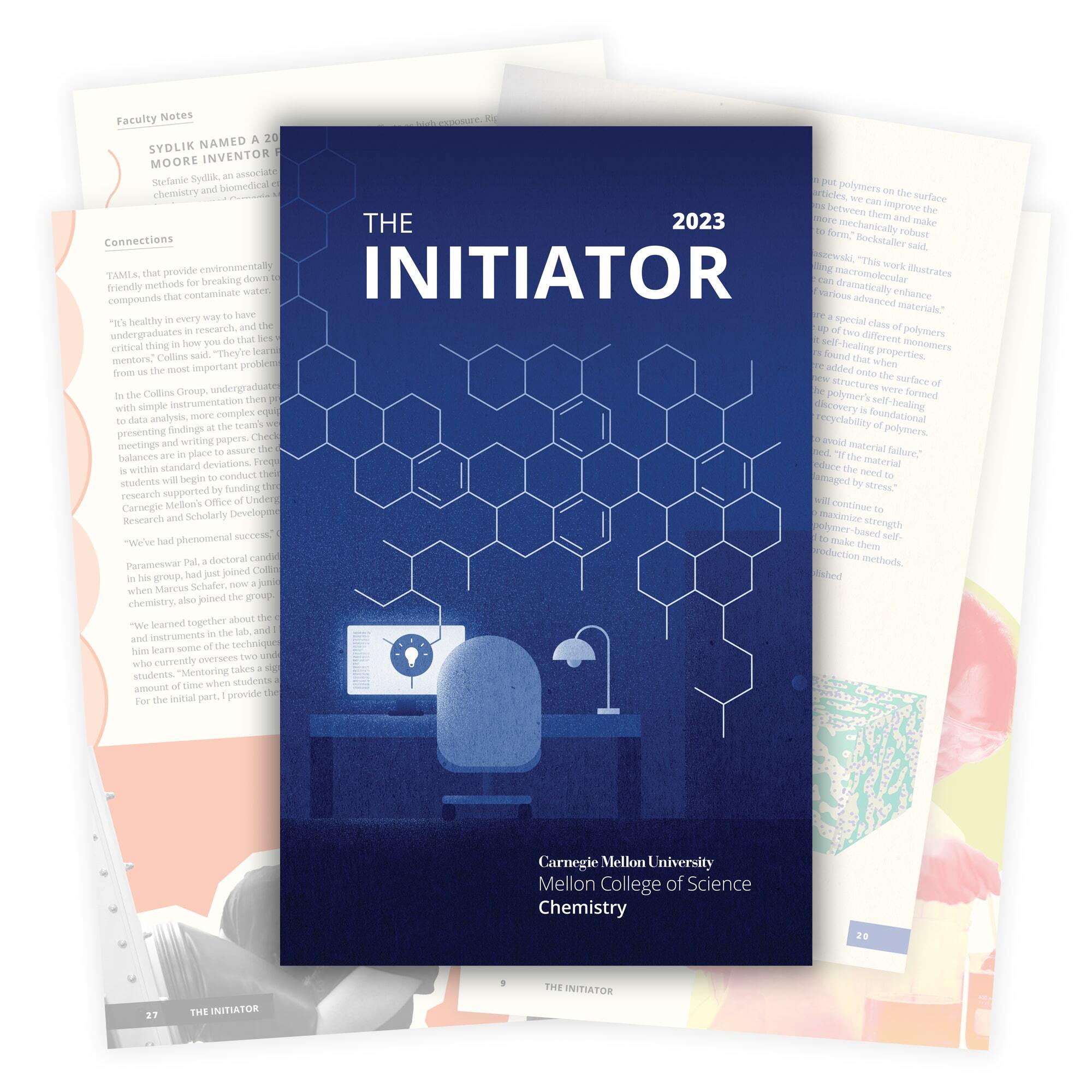McDonough Assesses Environmental Exposure and Risk
By Heidi Opdyke
Media Inquiries- Associate Dean for Marketing and Communication, MCS
- 412-268-9982
Carrie McDonough doesn't mince words when she says why she joined Carnegie Mellon University's Mellon College of Science in January.
"CMU — far and away — has the strongest environmental chemistry program in the U.S., both in terms of the strength of the actual environmental chemistry being done in the department and also the number of faculty whose work has environmental applications,” said McDonough, who joined the Department of Chemistry as an assistant professor. "It's very clear that people here find environmental work very important.”
An environmental analytical chemist, she works at the intersection of environmental organic chemistry, environmental health engineering and analytical chemistry.
"We know that contaminants have been really harmful in the past and are still around even if they've been legislated out,” McDonough said. "The overall goal of the lab is to try to figure out what things we're using right now that have that same toxic legacy for people of the future. We have to be at the intersection of chemistry and environmental health.”
McDonough has a Ph.D. in chemical oceanography from the University of Rhode Island and a bachelor's of science in chemistry from the Massachusetts Institute of Technology. Previously, she spent three years working at Stony Brook University in New York.
Right now, she is in the process of setting up her lab in the Mellon Institute and is teaching a special topics in chemistry course, Environmental Exposure and Risk Assessment.
In the lab, McDonough and the team of graduate students who transferred to CMU with her work collaboratively with epidemiologists and toxicologists at Stony Brook and other institutions to study per/ polyfluoroalkyl substances (PFASs) and other novel pollutants in humans and ecosystems.
PFASs are a group of chemicals used in many consumer and industrial products such as firefighting foams, carpets, clothing, food packaging and cosmetics. They are used as coating to resist heat, oil, stains, grease and water.
She said that oftentimes, the toxicity of chemicals is tested in controlled environments that don't reflect how exposures happen in real life. For example, chemicals typically are tested individually in a dish with cells.
"We're exposed to low levels of super complex mixtures all the time,” she said. "One of my main goals with my students is to increase appreciation for how a really strong background in chemistry and using that knowledge can help us build more realistic exposure and accumulation models.”
